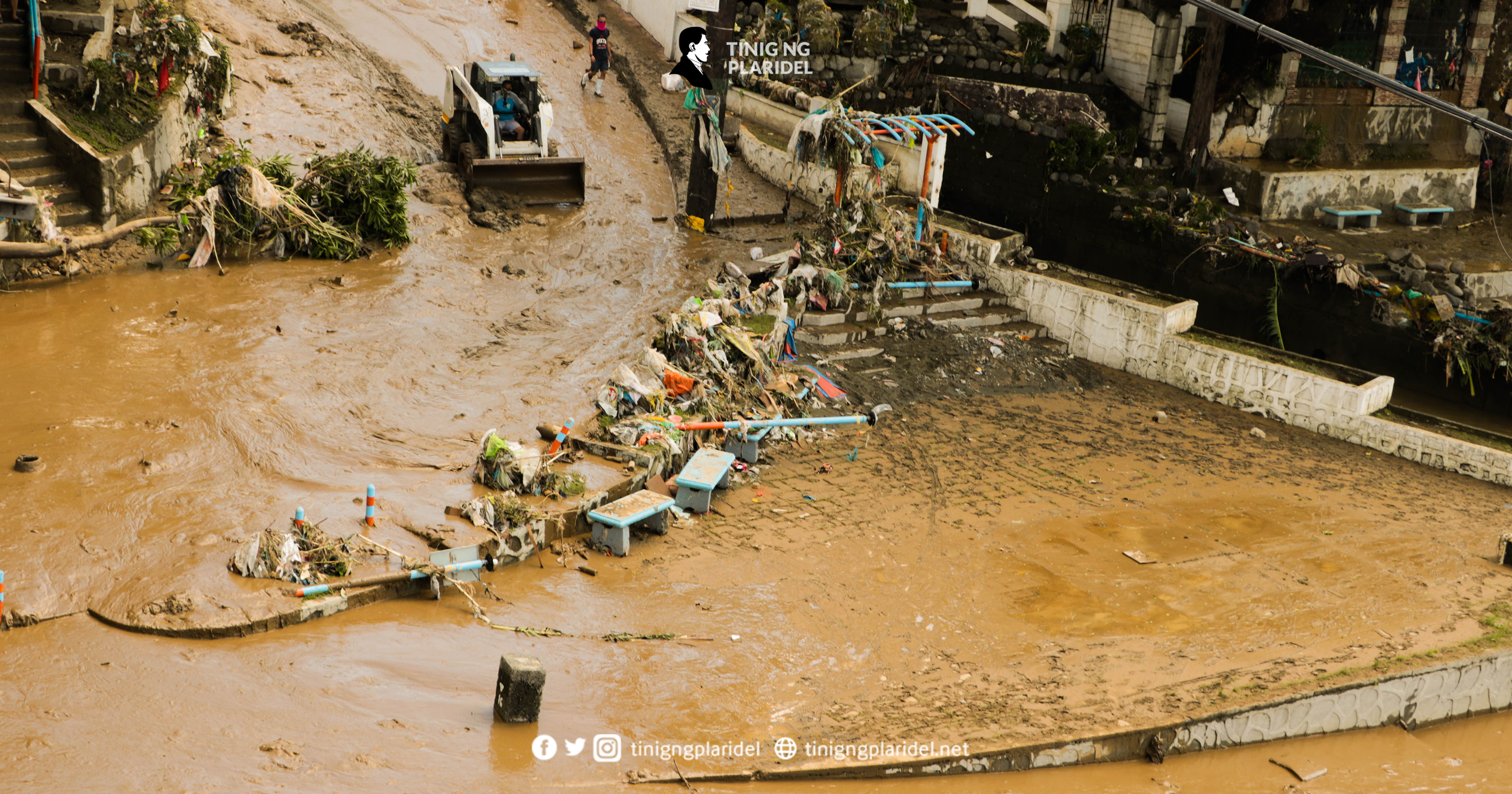Government agencies and civil society organizations amplified demands for the country to adopt a more intense and inclusive environmental policy two weeks since the House of Representatives declared a climate emergency.
Already in law is the Climate Change Act of 2009 that establishes a committee under the Office of the President to lead sustainable development plans on the national and local levels.
“All of the actions, all of the international commitments that we have put forward do not even go near that adequate urgent action we need,” said Executive Director Yeb Saño of environmental group Greenpeace Southeast Asia.
In a joint forum with the UP Resilience Institute on Dec. 10, environmental experts and advocates sounded the alarm for more urgent action after three typhoons devastated Luzon in succession, displacing thousands and leaving billions of pesos in damages.
Research finds that rising ocean surface temperatures caused by global heating create tropical cyclones of increasingly greater intensity.
Necessary ‘first’ in many steps
House Resolution 535, or “Resolution Declaring a Disaster and Climate Emergency,” was ratified Dec. 2, a month after Typhoon Rolly ravaged Bicol and cost the region over P15 billion in infrastructure and agriculture.
The resolution pushes for research-based policies and the passage of a bill creating a Department of Disaster Resilience, an initiative that the Duterte administration has pushed since 2018. It also seeks to declare 2020 as Disaster and Climate Emergency Awareness Year.
Albay Rep. Joey Salceda penned the resolution, calling for a “whole-of-government, whole-of-nation and whole-of-society” response to the existential threat of the climate crisis.
The Disaster Risk Reduction Network Philippines reportedly thumbed down proposals to build a new department for disaster resilience. They argue that it would undermine initiatives already in place and exclude civil society organizations from the policy-making process.
In the wake of Supertyphoon Reming in 2006, Salceda convened the first National Conference on Climate Change Adaptation, which lobbied environmental legislations such as the Climate Change Act of 2009.
Reming left a death toll estimated between 800 and 1,000 after causing widespread mudflow in Bicol.
The Albay congressman also lamented the government’s move to stop funding for Project NOAH.
Project NOAH or the Nationwide Operational Assessment of Hazards has been instrumental in disaster prevention and risk mitigation since its creation in 2012 in response to the disaster brought by Tropical Storm Sendong.
Sendong in 2011 released over 400 millimeters of rain in 24 hours and caused flash floods across Mindanao, particularly the Cagayan de Oro River basin.
The University of the Philippines has adopted and maintained Project NOAH after its termination.
What are the stakes?
Saño said that the previous decade had the warmest years on record, estimating that 2020 will be no different.
The year 2016 was the warmest yet with a temperature increase of 1.25 degrees Celsius, according to the United States National Oceanic and Atmospheric Administration. Seven other years in the 2010s had relatively similar temperature increases.
Global research center The Breakthrough Institute projects that temperatures will rise to 3 degrees Celsius at the current trajectory of signatories in the Paris Agreement. This is triple the limit of the polar ice caps’ melting points.
This is due to the greenhouse effect that traps heat from the sun in the Earth’s atmosphere to keep it warm. Emissions of gases such as carbon dioxide enhance this phenomenon and increase global temperatures.
Scientists have set the so-called carbon budget to keep global temperature rise below 1.5 degrees Celsius, which is still manageable. Now, less than 300 million tons of carbon emissions remain in the budget and are estimated to be depleted in less than seven years.
Saño argued that developed nations are responsible for most of the global carbon footprint and “should thus lead in emission reduction.”
The silver lining
Environmental policy expert Antonio La Viña said that, though flawed, the Paris Agreement has been the most successful international cooperative yet.
The Paris Agreement is an international treaty to address the climate crisis, wherein nations individually set and execute strategies to meet goals in emission reduction. It was unanimously ratified by participating countries in 2015.
Among the nearly 200 signatories of the accord was the Philippines, pledging to cut 70% of current greenhouse gas emissions by 2030.
The country also recently joined the ranks of nearly 2,000 government units in declaring a climate emergency due in part to activist movements.
“It’s strange because we’re reaching a point of no return, but precisely because of that, the window of opportunity to fix those problems has never been bigger,” La Viña said.
Civil society network Aksyon Klima convener Rodne Galicha encouraged active engagement from all sectors of society and called on lawmakers to provide the platform for such participation in every aspect of policy-making and execution.
“Sabay-sabay ang pagbalikwas sa gitna ng unos, sa pagharap sa anumang panganib, sa pag-iwas sa mga kamalian ng nakaraan at wakasan ang kakulangan at kawalan ng pagkatuto sa karanasan nang may tamang kaalaman at akmang kahandaan,” he said.









